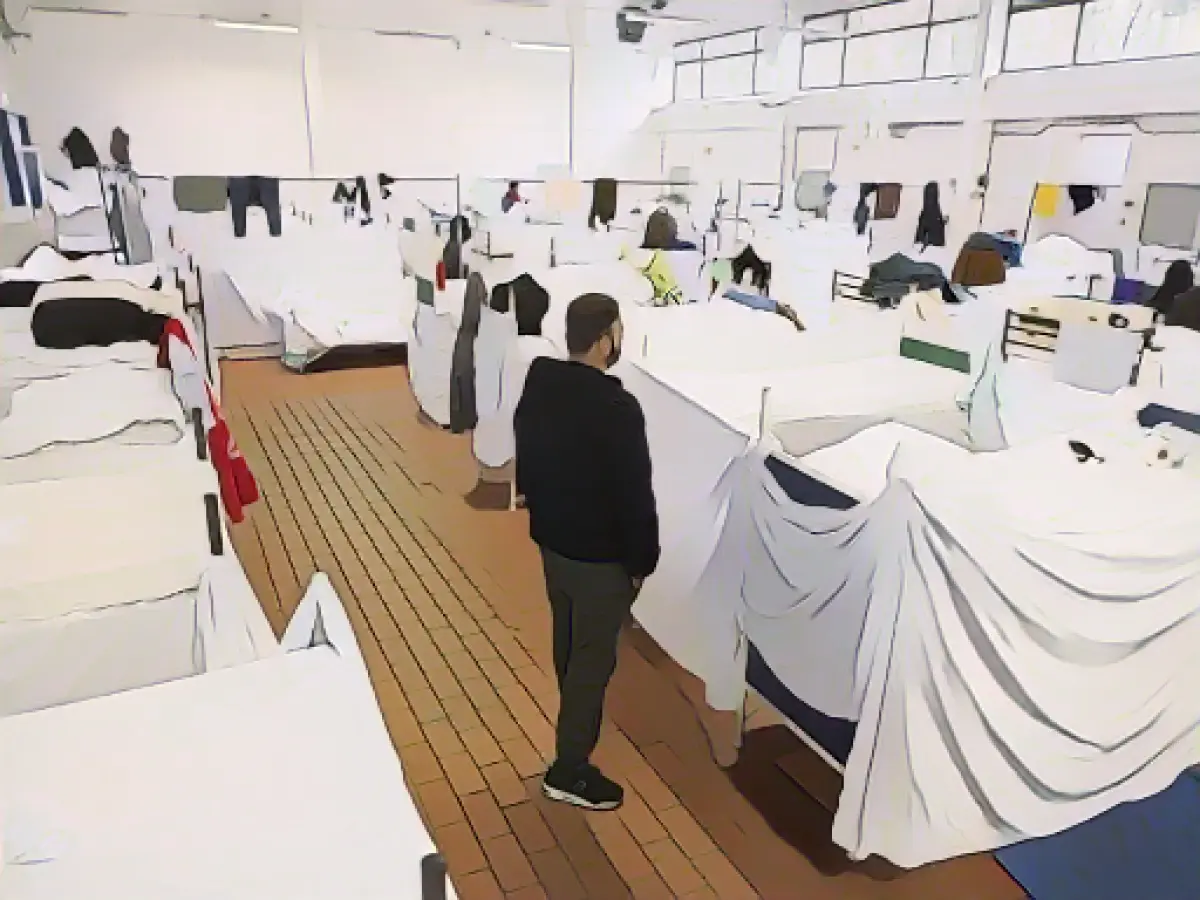Lower Saxony's Refugee Situation Eases Slightly
In an update provided by Lower Saxony's Interior Minister Daniela Behrens, the state might be seeing a relief in its refugee accommodation situation. Behrens noted a recent decrease in refugee arrivals and progress made in setting up emergency capacities for initial reception. This situation, according to Behrens, could gradually improve in the state's regular reception facilities, currently operating in emergency occupancy mode.
On Friday, Behrens visited an emergency accommodation facility in Hildesheim, expected to be ready to house up to 1000 refugees as of next Monday. The facility includes tents with beds, bedding, beer tent sets, and washing machines, in addition to sanitary facilities and other containments.
The Ministry of the Interior reported that around 11,000 places are currently available for refugees in Lower Saxony, with about 8,000 occupied. The state accommodation includes places in emergency as well as youth hostels. Efforts are underway to significantly expand the regular locations for initial refugee reception in Lower Saxony.
However, the minister called out for greater support from local authorities, as the progress has been insufficient so far.
The reduction in refugee arrivals in Lower Saxony, as per Behrens, might bring some respite to the strained emergency accommodation facilities. With only 8,000 out of 11,000 places occupied, it's crucial to garner support from local authorities to expand regular locations for refugee reception.
While specific details on Lower Saxony's efforts to get more support from local authorities were not mentioned in the source, Germany's general refugee policies provide a context. For instance, North Rhine-Westphalia, a German state, has garnered criticism over its handling of refugee policies. Although refugee arrivals have decreased, the state has seen an uptick in deportations and a rise in the number of people in detention pending deportation. The state's government's approach, which includes tightening migration policies and expanding deportation detention centers, seems focused on enforcement rather than support and integration [1].
This trend, if to be considered, could suggest a possibility of lacking comprehensive support mechanisms in various German states, including Lower Saxony [1][3].








